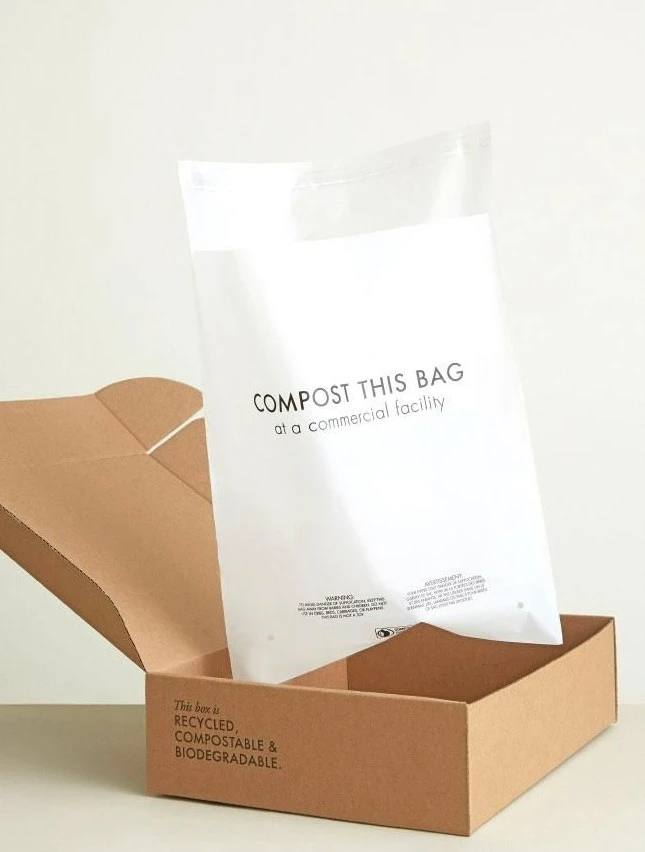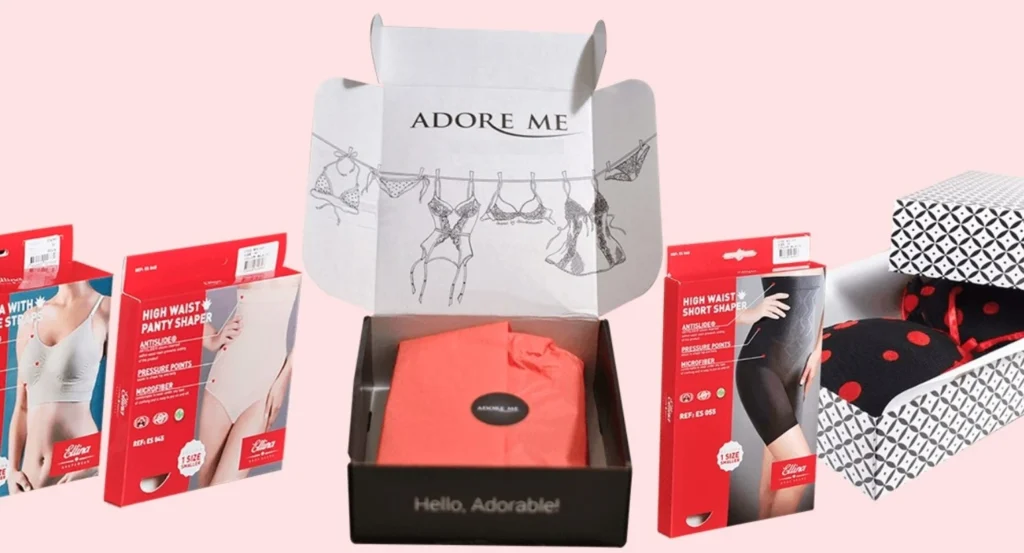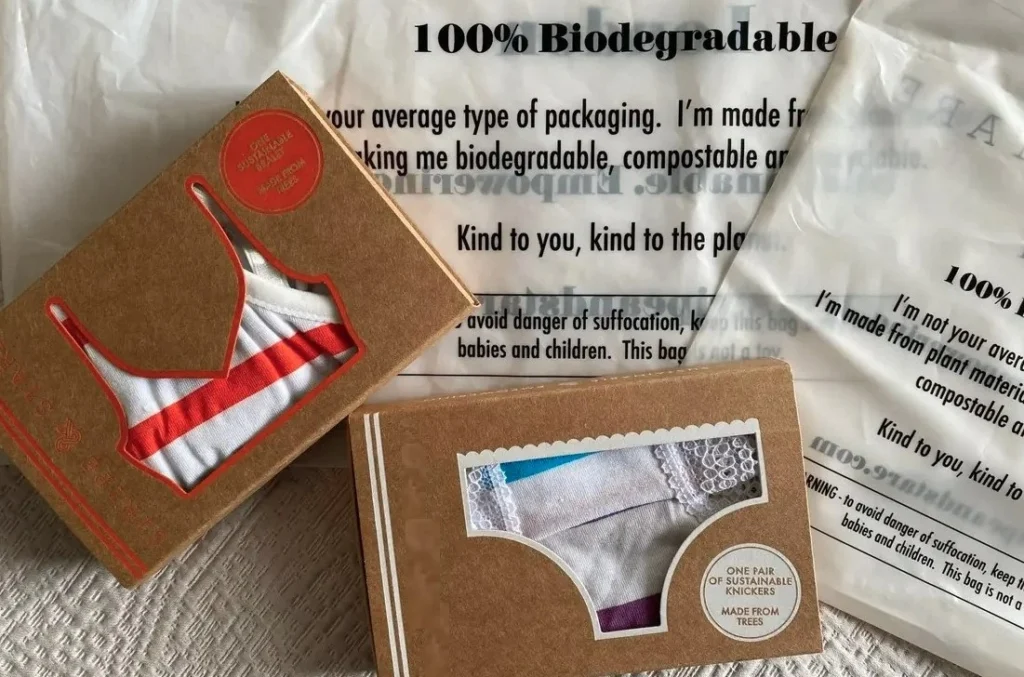
PACKAGING REDEFINED
Packaging-Reduced Clothing: Redefining Sustainability in Intimate Apparel
Have you noticed how consumers are increasingly demanding sustainability in fashion? This movement is reshaping the industry, with packaging-reduced clothing emerging as a game-changer for both the environment and businesses. As consciousness of the fashion industry’s ecological impact grows, there’s a push for sustainable solutions like reducing packaging waste. The intimate apparel industry, given the personal nature of its products, is uniquely positioned to lead this movement by adopting eco-friendly practices that resonate with consumers.

WHAT IS PACKAGING-REDUCED CLOTHING?
Packaging-reduced clothing rethinks the traditional packaging methods in the fashion industry. Instead of using excessive plastic bags, hangtags, and cardboard boxes, this approach focuses on reducing or eliminating unnecessary packaging materials. For intimate apparel, this could mean using simple, eco-friendly alternatives like biodegradable or reusable bags instead of multiple layers of plastic and cardboard.
CHALLENGE WITH TRADITIONAL PACKAGING
Traditional packaging in the lingerie industry usually includes excessive use of materials like plastic, cardboard, and Styrofoam. Each garment is individually wrapped in plastic, packed with additional materials in boxes or bags, and often includes paper documentation. This not only generates waste but also amplifies the environmental impact of each product.
The intimate apparel sector, like other fashion industries, faces growing pressure to confront these issues. Consumers are increasingly prioritizing sustainable products and favouring brands that exhibit environmental responsibility. As an entrepreneur in this field, adopting sustainable packaging practices can undoubtedly distinguish your brand and appeal to environmentally conscious consumers.

ADOPTING PACKAGING-REDUCED STRATEGIES
Many forward-thinking brands in the intimate apparel industry are adopting packaging-reduced strategies to tackle these challenges:
- Reusable Packaging: Some brands use cloth bags or recycled boxes that can be returned or reused by consumers, minimizing single-use packaging.
- Minimalist Packaging: This approach uses fewer materials like tissue paper or biodegradable wraps and recyclable cardboard boxes to reduce waste while ensuring products arrive safely.
- Biodegradable Materials: Brands are increasingly using biodegradable or compostable materials for packaging to lessen the environmental impact of waste.
- Digital Documentation: Digital receipts and documentation are replacing paper versions, reducing paper waste and enhancing the customer experience.

BENEFITS OF PACKAGING-REDUCED CLOTHING
The move towards packaging-reduced clothing offers significant benefits for entrepreneurs in the intimate apparel industry. Firstly, it reduces environmental impact by minimizing waste and lowering carbon emissions related to production and transportation. Secondly, adopting sustainable packaging practices enhances brand image, appealing to ecologically conscious consumers and potentially boosting customer loyalty and advocacy. Finally, using fewer packaging materials can lead to cost savings, enabling investment in sustainability efforts or allowing for price reductions for consumers.
CHALLENGES AND FUTURE DIRECTIONS
While the move towards reducing packaging in clothing is positive, there are challenges to overcome. One key challenge is finding sustainable and affordable alternative materials. It’s also important to ensure that packaging in the intimate apparel industry remains functional and protective, as product quality is crucial. Moving forward, industry-wide collaboration will be essential for creating new packaging solutions that reduce waste and meet consumer expectations.

Reducing packaging in intimate apparel marks a big step for the fashion industry, showing a dedication to sustainability and environmental responsibility. As more brands embrace these practices and consumers become more mindful of their choices, the influence of reduced-packaging clothing will expand, leading to a more sustainable future in fashion. Let’s continue to innovate and lead the way toward a more sustainable and responsible lingerie industry. Together, we can make a difference!
